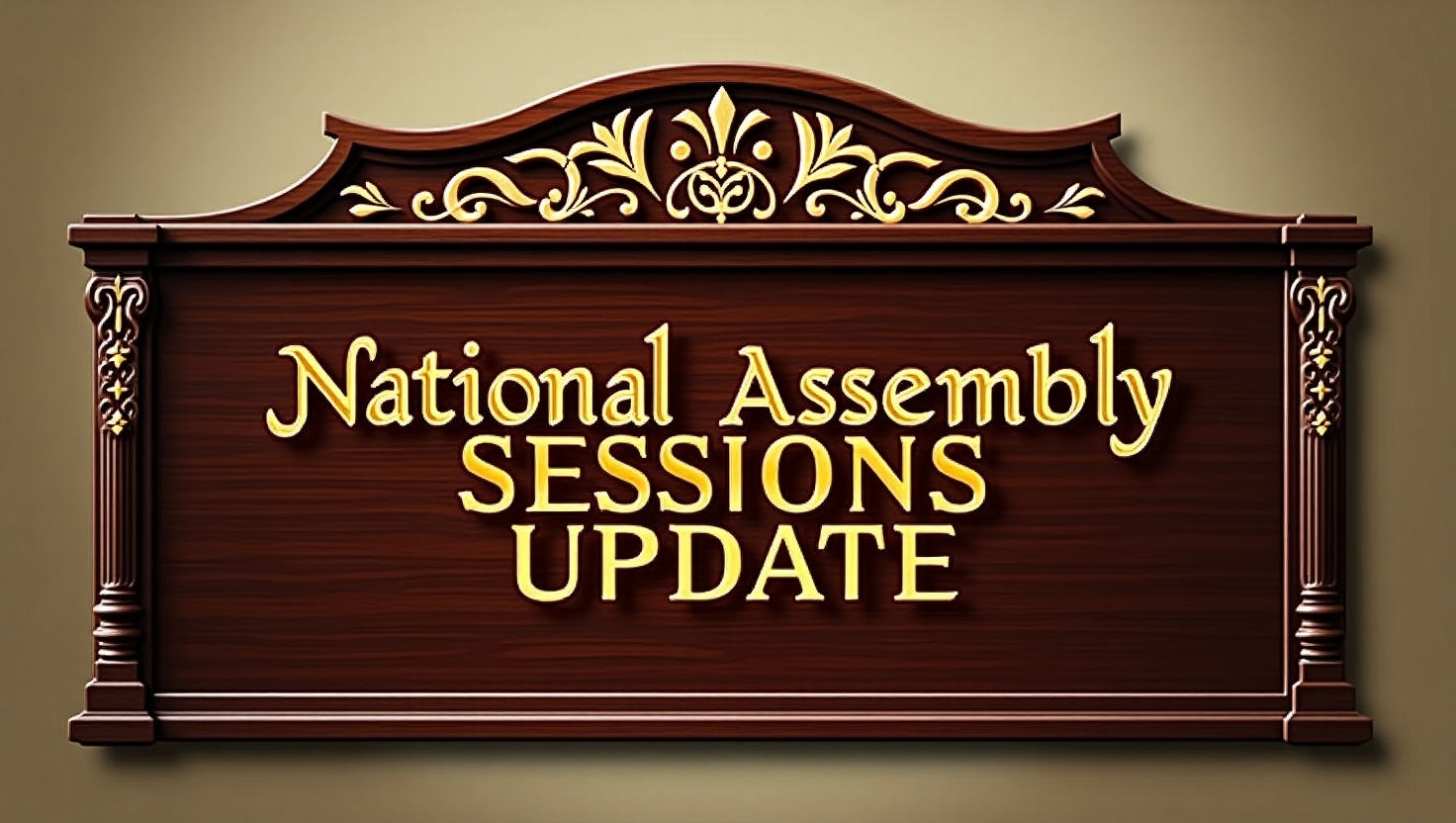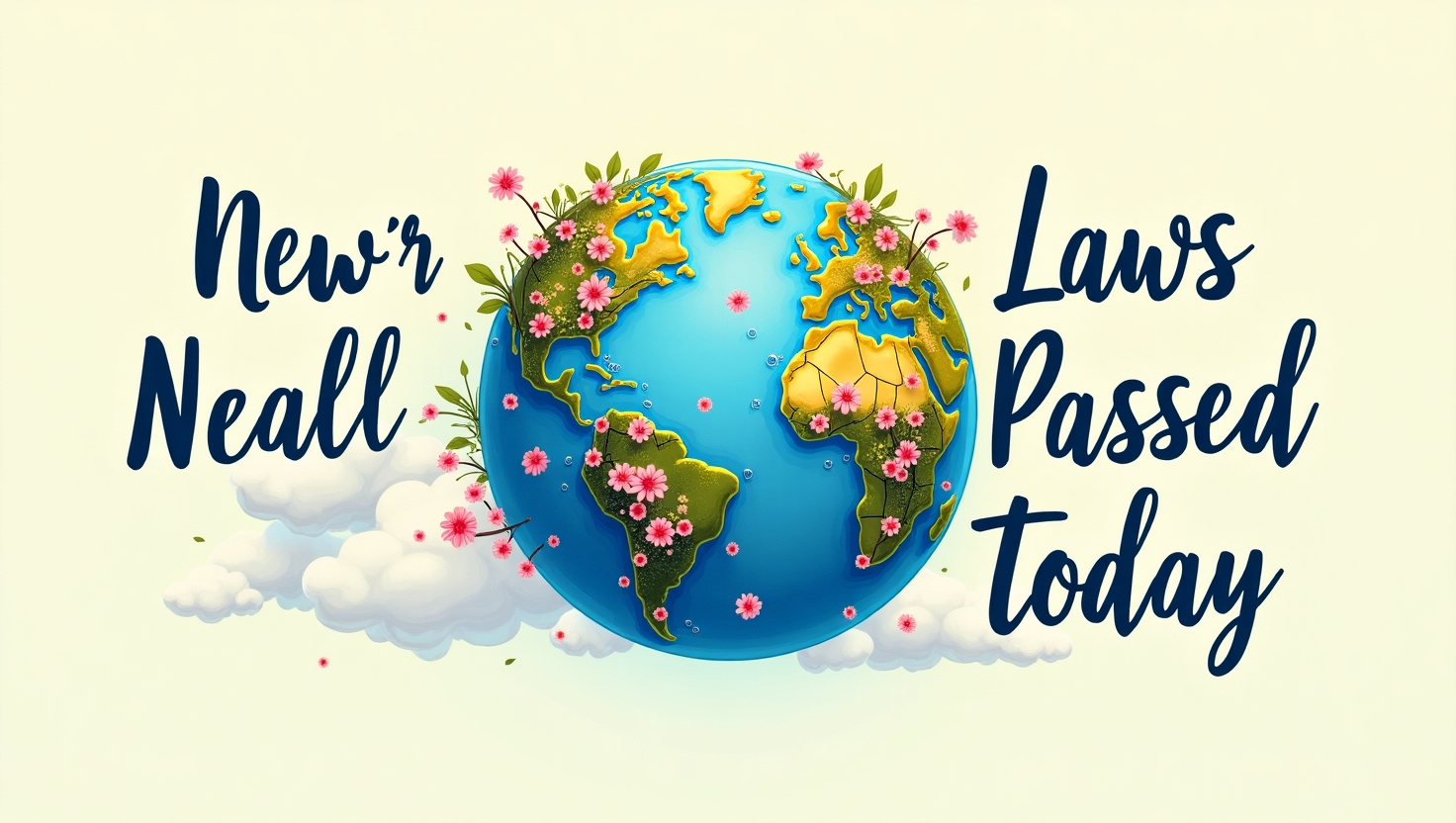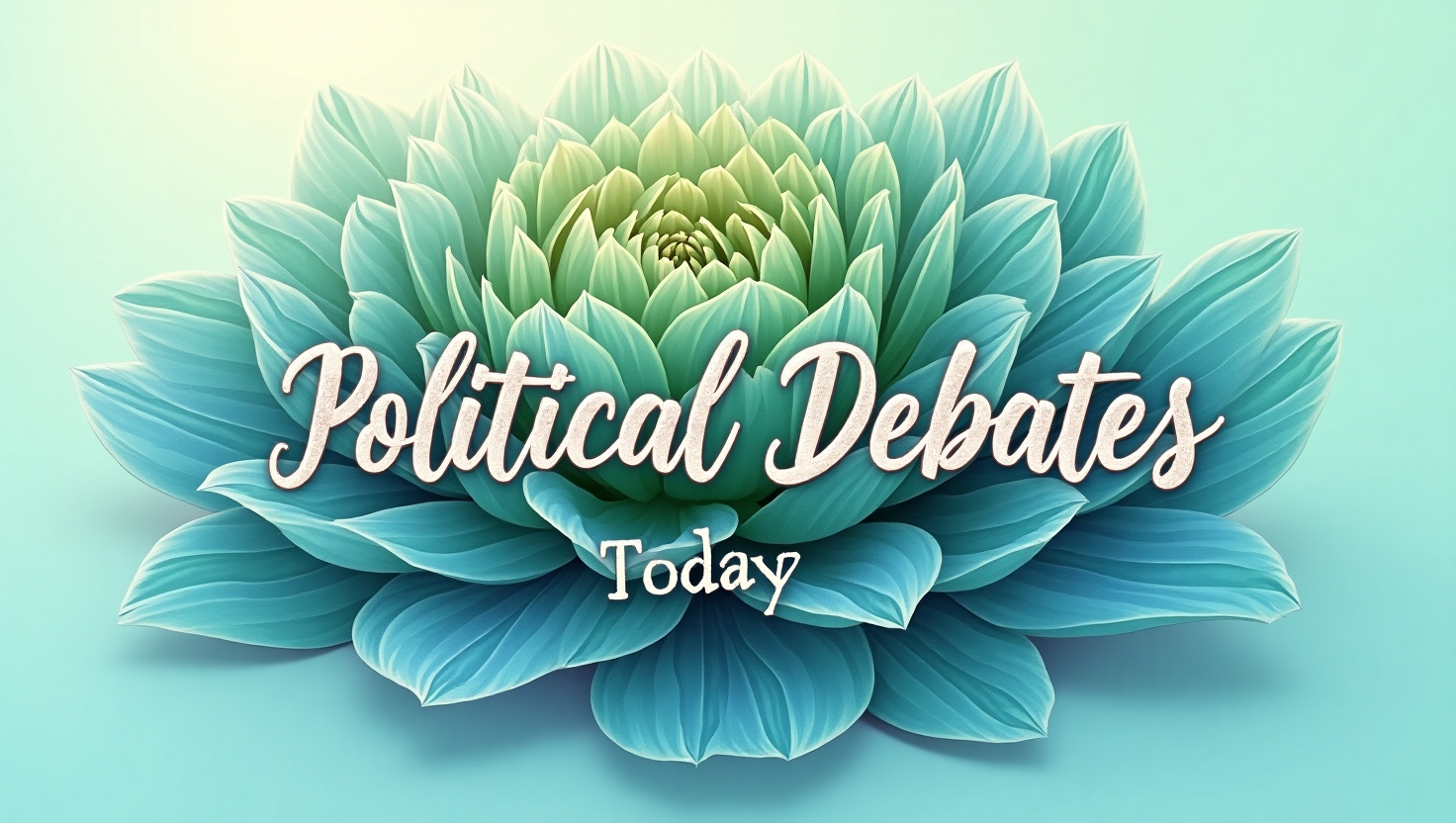As the political environment continues to evolve internationally in 2025, political parties across major democracies are undergoing significant adjustments. From internal leadership moves to strategic alliances and fresh election campaigns, these updates are altering the trajectory of national and international politics. This page presents a detailed and human-centered summary of the most current political party updates around the world, focusing on changes in the U.S., UK, India, Pakistan, and other significant locations.

United States: Republican vs. Democrat Momentum Ahead of 2026 Midterms
In the U.S., both the Republican and Democratic parties are vigorously gearing up for the 2026 midterm elections. The Democratic Party, under President Joe Biden’s leadership, is focused on defending healthcare reforms, climate action, and education funding. However, internal conflicts between progressives and moderates continue to impact policy message. The Republican Party, spurred by strong support in southern areas, is pressing for harsher immigration rules, economic deregulation, and stronger national security measures. Former President Donald Trump remains a prominent voice within the GOP, influencing primary races and campaign endorsements. Recent developments imply a possible rift among conventional conservatives and populist groupings. Key Updates: Democrat drive for voting rights legislation in critical battleground states. Republican leaders planning digital campaigns to engage younger voters. Rising third-party interest as people become bored of traditional options.
United Kingdom: Labour’s Rise and Conservative Challenges
In the UK, the Labour Party has enjoyed a rebound in popularity under the leadership of Keir Starmer. After years in opposition, Labour is capitalizing on growing displeasure with the Conservative government, particularly over topics like the cost-of-living crises, NHS backlogs, and immigration policy. Meanwhile, the Conservative Party is suffering criticism following internal scandals and the impact from Brexit-related economic difficulties. Prime Minister Rishi Sunak has announced a reshuffling of his cabinet to bring in younger, reform-oriented members, trying to restore public confidence before the 2026 parliamentary elections. Latest Developments: Labour’s voter base expanding in rural and suburban areas. Liberal Democrats making advances in local elections. Green Party advocating environmental measures more vigorously.- India: BJP Faces Opposition Unity for 2026 Elections
India’s political realm is heating up as the country prepares for its next general election. The Bharatiya Janata Party (BJP), led by Prime Minister Narendra Modi, continues to dominate the national stage with its strong nationalist discourse and internet outreach. However, opposition groups—including the Indian National Congress, AAP, and regional parties like TMC and DMK—are in talks to build a united front against the BJP. This approach is aimed at consolidating votes and presenting a genuine threat to the incumbent party. Key Highlights: INDIA alliance (Indian National Developmental Inclusive Alliance) planned joint rallies. BJP focuses on infrastructure and AI-based governance. Youth participation in politics at an all-time high.

Pakistan: PTI’s Return, PML-N Strategies, and Coalition Dynamics
In Pakistan, the political landscape is tight and fast-changing. The Pakistan Tehreek-e-Insaf (PTI), led by Imran Khan, has regained public momentum despite court challenges and leadership issues. Large-scale public demonstrations and youth-focused campaigns have positioned PTI as a strong opposition force. On the other hand, the ruling Pakistan Muslim League-Nawaz (PML-N) is focusing on economic recovery programs and regional development. With general elections expected in 2025-26, coalition politics are growing, and smaller parties like PPP and MQM are becoming significant power brokers. Recent Updates: PTI strengthens digital campaign presence and voter registration operations. PML-N publishes new policy manifesto concentrating on job generation. Electoral reforms recommended by the Election Commission of Pakistan.- Global Political Trends: Rise of Populism, Digital Politics, and Youth Movements
Beyond particular nations, political parties worldwide are responding to shifting voter expectations and technology. Digital platforms like TikTok, YouTube, and X (previously Twitter) are now key battlegrounds for political message. There’s an increasing trend of youth-led movements influencing party agendas, especially on climate change, mental health, and education. Populism continues to spread in Europe and Latin America, with leaders seizing on anti-establishment feelings. At the same time, multinational alliances like BRICS and G7 are indirectly influencing domestic political agendas. Key Global Patterns: Populist parties gaining strength in France, Italy, and Brazil. Social media influencers becoming unofficial political campaigners. Greater attention on AI and cybersecurity in political manifestos.
Conclusion: Politics in a New Era of Transparency and Transformation
The year 2025 marks a turning point for political parties across the globe. Whether through leadership changes, coalition groupings, or policy rebranding, parties are more cognizant of the need to develop. Voters, especially the youth and urban populations, seek openness, inclusivity, and results over rhetoric. As the world navigates economic challenges, geopolitical tensions, and technological breakthroughs, political parties must strike a balance between classic ideals and current expectations. The coming months are considered to be critical in establishing the future direction of government and global cooperation.




